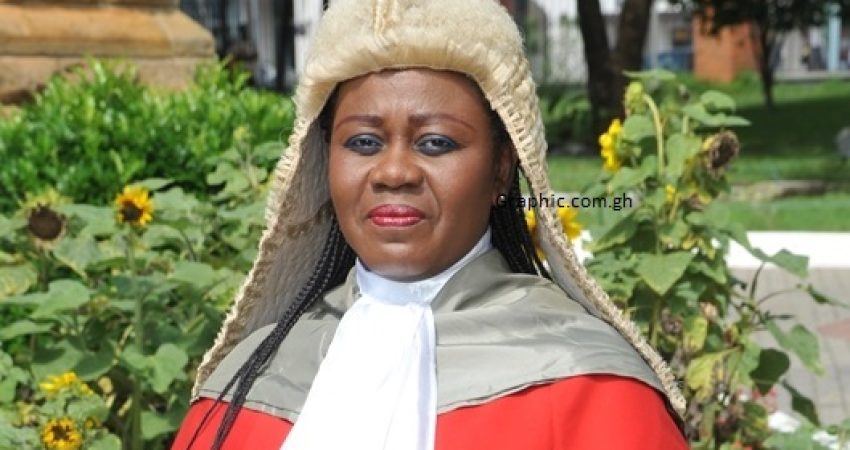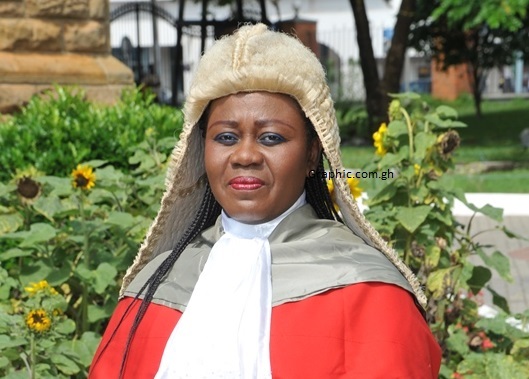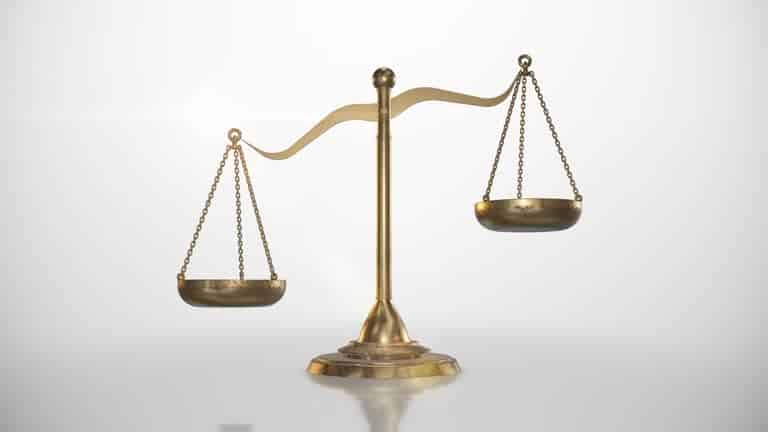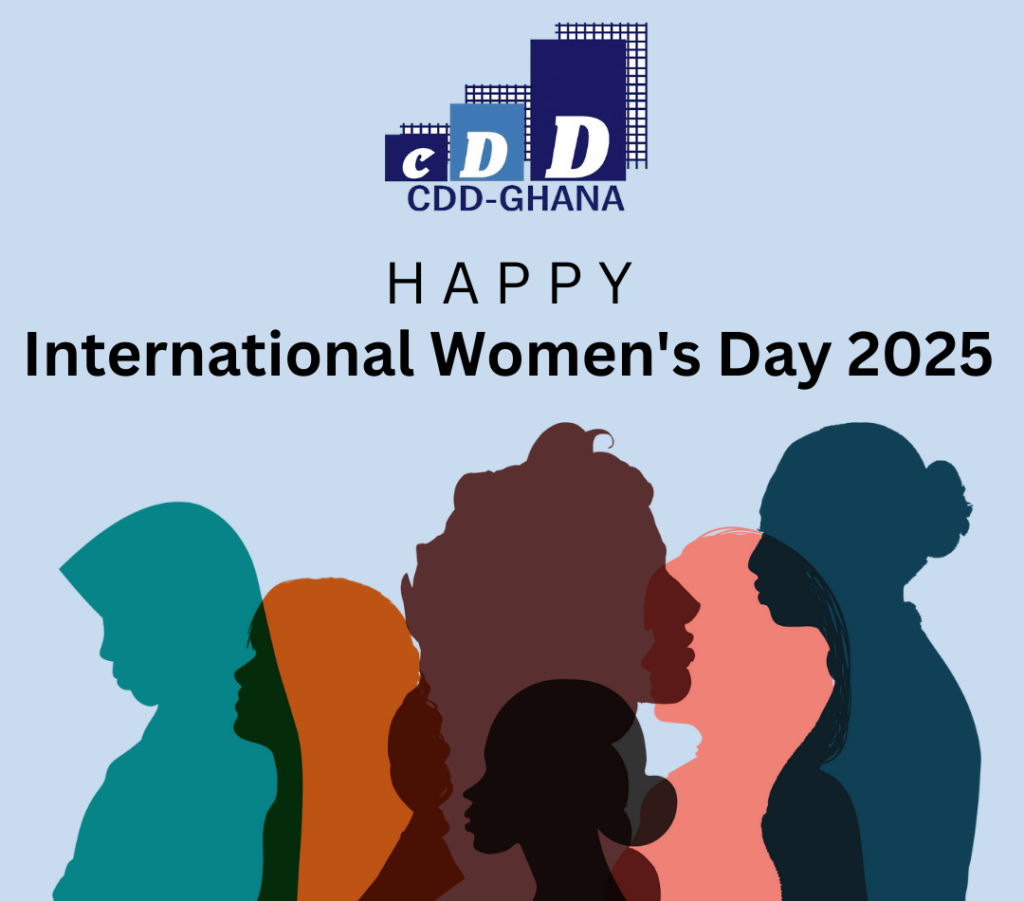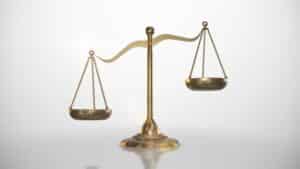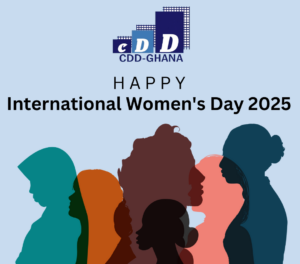On Tuesday, March 25, Ghanaians were informed that the President had began a consultative process with the Council of State in response to three petitions seeking the removal of the Chief Justice. There is no additional information in the public domain yet regarding who the petitioners are and the grounds upon which they seek her removal.
Nonetheless, removing a Chief Justice from office before their tenure in office is over is an extremely weighty matter. It is for this reason that the prescribed process for removal as spelt out in the constitution is laborious with inbuilt institutional safety mechanisms.
The announcement has sparked several conversations in public spaces with citizens offering differing opinions on the matter.
The announcement also comes at a time when there has been a turnover election combined with a period of poor assessments of the judiciary as captured by various democracy surveys and good governance indices. These two factors have implications for an institution designed to serve as one of the safeguards of Ghana’s democracy.
The Current State of Ghana’s Judiciary
Let me first address the current state of Ghana’s judiciary, which is captured by public perception surveys and good governance indices. On November 13, 2024, I shared in my Daily Graphic op-ed piece that ten rounds of the Afrobarometer survey tells us two key things about Ghanaian perceptions of the institution – a) a decline in the level of trust between 2012 and 2024 by as much as 22 percentage points; b) an increasing perception of corruption by as much as 10 percentage points over the same period; and c) a growing rule of law gap where 72% say “officials who commit crimes often/always go unpunished” versus only 26% who say same about ordinary people who commit crimes.
The Afrobarometer survey is not alone in drawing attention to this. The Ibrahim Index of African Governance (Mo Ibrahim Foundation) has several worrying assessments of the country’s judiciary as well which, again, I drew attention to in the November op-ed piece.
In the face of these mounting challenges facing the judiciary, it was extremely encouraging when in September 2023, the Chief Justice launched the LEADing Justice Initiative. This is a comprehensive strategic framework with identified goals and objectives designed, in my view, to reverse the deterioration in the country’s justice system.
Highlighting the current state of the judiciary does not suggest that these deteriorations are the doing of the Chief Justice. No. Rather, it is to highlight the current difficulties facing the institution and the implications of a potential removal of its highest-ranking officer.
The Turnover Elections Dilemma
The constitution allows for the removal of a Chief Justice on grounds of “stated misbehavior, incompetence, or incapacity due to infirmity.” Again, without the benefit of publicly available information, it is difficult to assess the grounds of the petition. But the point about turnover elections’ dilemma is this.
There was a petition to remove her which the immediate past president, after reported consultations with the Council of State, adjudged to lack merit and required no further investigation. The 2024 election produced a new president from a different political party. It is under this new president that consultations have begun with a newly constituted Council of State to examine the same issue – a petition (three of them this time) to remove the Chief Justice.
Without prejudice to a process that just began and has several steps to go through if it travels far, a potential outcome of removal will set a precedent where the political turnover that is expected in executive branch appointments begins to stray into uncharted waters.
A cautionary note is not a suggestion to overlook any merits of the petition that may exist. It is rather to help us proceed in a way where the anticipation of unintended future outcomes is guided by our present actions. In my opinion, our electoral politics is still grappling with the removal of a previous chair and two deputies of the Electoral Commission. The aftermath of that process and partisan reception of the decision continues to haunt us and may repeat itself someday.
The other point about the timing, occurring after a turnover election, is that it exacerbates the vulnerability of the process to partisan narratives. Already the government has had to contend with concerns raised about the directive, weeks ago, to terminate appointments that occurred after the December 7 elections. It is not farfetched to say that some partisans of our political duopoly will view the process through their partisan lenses.
The President is consulting with members of the Council of State. I trust that both will let their better angels prevail, weigh the merits of the petition impartially and act without fear or favor to any parochial interests.
 John Osae-Kwapong (Ph.D) is a Democracy and Development (D&D) Fellow at the Ghana Center for Democratic Development (CDD-Ghana) and the Project Director at The Democracy Project.#
John Osae-Kwapong (Ph.D) is a Democracy and Development (D&D) Fellow at the Ghana Center for Democratic Development (CDD-Ghana) and the Project Director at The Democracy Project.#
*Featured photo credit: Graphic Online


